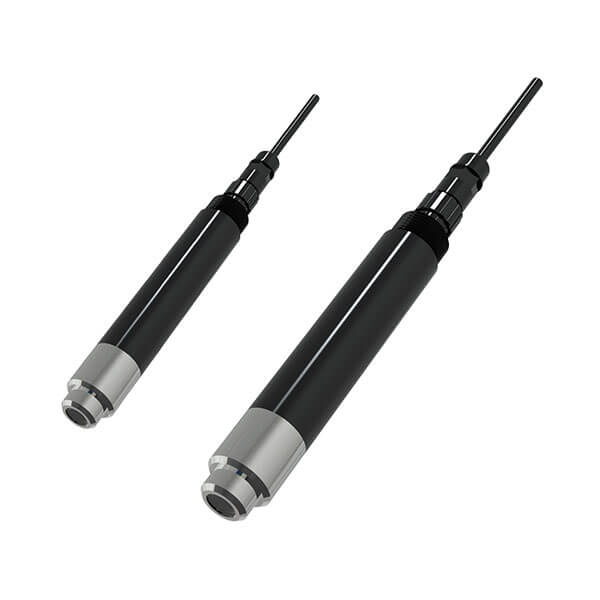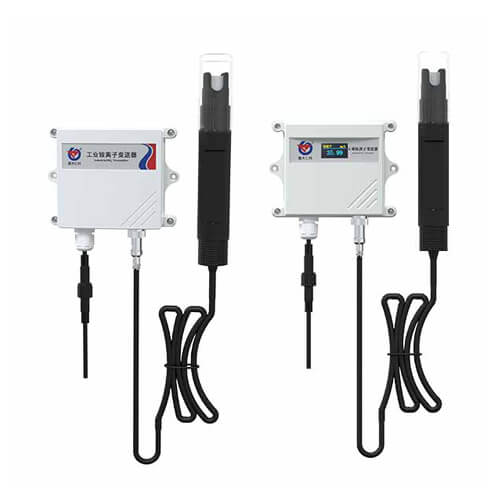Table of Contents What is conductivity in water? Conductivity in water is the ability of water to conduct electricity. It is primarily related to the
Industrial water ph sensor
The industrial water PH sensor (RS-PH-*-2-*-EX) is a device for measuring the pH value (hydrogen ion concentration index, pH) of a solution. With automatic temperature compensation function. It is suitable for industrial sewage, domestic sewage, agriculture, aquaculture, and other scenarios in a non-corrosive weak acid and weak alkali environment. The output signal has rs485, 4-20ma, 0-5V, 0-10V.
- Model: RS-PH-*-2-*-EX
- MOQ: 1 PCS
- Delivery date: within 24 hours
- Price: $77.6
About industrial ph sensor
RS-PH-*-2-*-EX industrial pH sensor adopts conventional composite electrode, which is suitable for the measurement of conventional sewage, tap water, environmental sewage, domestic sewage and other solutions. The pH measure range is between 0~14pH, and the resolution is 0.01pH. The adaptation temperature of the electrode is 0-80℃. This water pH sensor consists of two parts: a data collector and an electrode probe. The ph electrode probe has four lengths of 5m, 10m, 15m, and 20m. The housing of the data collector is IP65 protection grade, which can be used in outdoor rain and snow environment.
When it detects that the PH concentration exceeds the preset alarm value, it can provide multiple alarm methods such as interface alarm, sound and light alarm, SMS alarm, telephone alarm, email alarm, etc., to remind managers to troubleshoot the cause of excessive PH value in time, and record the event for information Call and analyze.
Power supply: DC 10~30V
Power consumption: 0.6W (rs485), 1.2W (4~20mA/0~5V/0~10V)
Output signal: RS485/4~20mA/0~5V/0~10V
pH measurement range: 0~14.00pH
Resolution: 0.01pH
pH measurement error: ±0.15pH
Repeatability error: ±0.02pH
Temperature measurement range: 0~80℃
Resolution: 0.1°C (set temperature for manual temperature compensation, default 25°C)
Temperature measurement error: ±0.5℃
Working environment: 0-60℃, relative humidity <85%
Applicable temperature of electrode: 0~80℃
Electrode wire length: default 5m (10m, 15m, 20m can be customized)
Electrode life cycle: 1 year
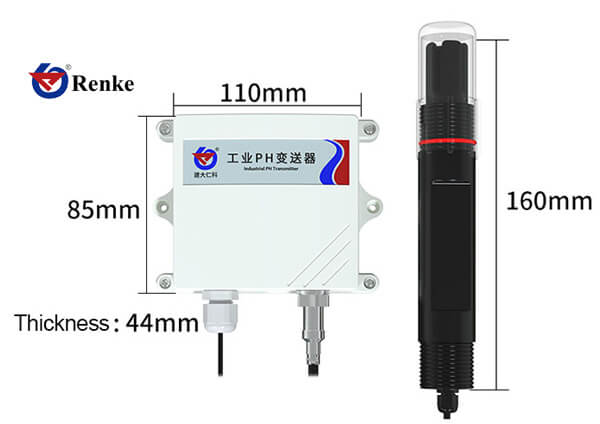

The output signal types of this industrial water PH meter are divided into RS485 and analog. The data collected by the RS485 industrial PH sensor can be connected to the environmental monitoring host through RS485 wiring, and then uploaded to the environmental monitoring cloud platform through the GPRS/4G signal output. Real-time monitoring is realized through the environmental monitoring cloud platform to ensure the safe discharge of industrial wastewater. In addition, the environmental monitoring cloud platform also has functions such as historical data analysis, viewing, exporting, and remote setting of data parameters, and supports multiple login methods on the computer terminal, mobile phone APP, and WeChat official account.
pH electrode types and parameters
pH electrode use
There are different types of pH electrodes for different measurement environments. The six most commonly used electrode types are listed on the right.
pH sensor widely use in:
Industrial Waste Water Applications
Sanitation Chemicals – Chlorine, Bleach, Caustic, Acids, Bases
Pharmaceutical Waste Water
Sewer Water
Cooling Towers
Commercial Swimming Pools
Aquaculture industry
Aquarium measurement ph

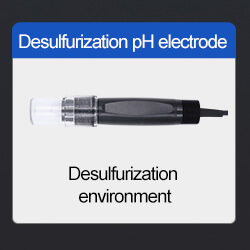
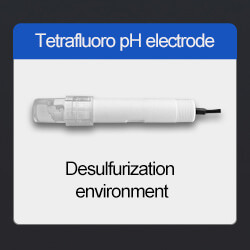

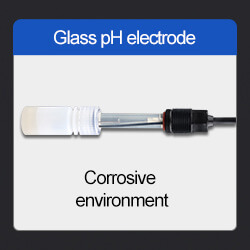

Parameters of pH Electrodes
| Electrode Type | PH range | Temperature(℃) | Pressure resistance(Mpa) | Internal resistance MΩ (25℃) | Zero potential | Theoretical percent slope(%) |
| Conventional pH electrode | 0-14 | 0-80 | 0.6 | ≤250 | 7±0.2 | ≥95 |
| Desulfurization pH electrode | 0-14 | 0-60 | 0.6 | ≤250 | 7±0.2 | ≥95 |
| Tetrafluoro pH electrode | 0-14 | 0-80 | 0.6 | ≤250 | 7±0.2 | ≥95 |
| Electroplating pH electrodes | 0-14 | 0-80 | 0.6 | ≤250 | 7±0.2 | ≥95 |
| Glass pH electrode | 0-14 | 0-80 | 0.6 | ≤250 | 7±0.2 | ≥95 |
| Antimony pH electrode | 0-14 | 0-80 | 0.6 | / | 7±0.2 | ≥95 |
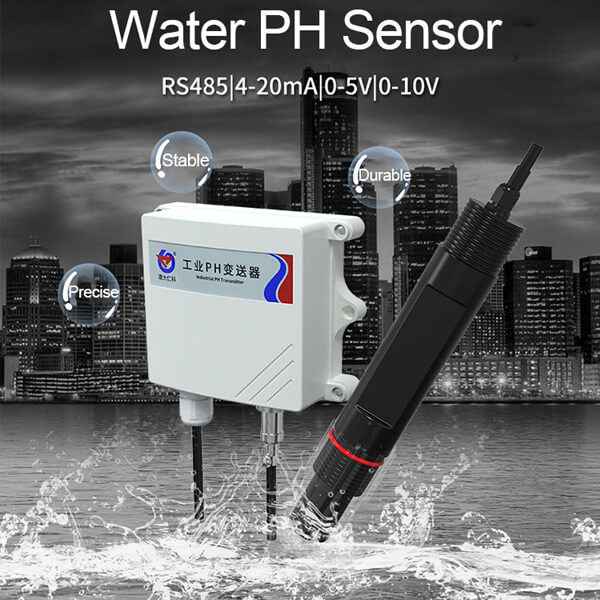
Features
High performance: high accuracy, fast response, good repeatability
Universal protocol: MODBUS RS-485 or 4~20mA current
Wide-range power supply: 10V ~ 30VDC
Robustness: suitable to be immersed in water for a long time
Maintainance-Free: advanced junction design, no clogging
Durable: anti-corrosion, automatic temperature compensation
User-friendly: Easy to install and integrate
Installation
1.Submerged type: the lead of the pH electrode is threaded out of the stainless steel tube, and the 3/4 thread on the top of the pH electrode is connected to the stainless steel 3/4 thread with a raw material tape. Make sure that no water enters the top of the electrode and the electrode wire.
2. Sidewall: The manufacturer provides a 316L all-stainless steel sheath with a bevel, and the pH electrode can be screwed into the sheath.
3. Duct mount: Connect to the pipe through the 3/4 thread of the pH electrode.
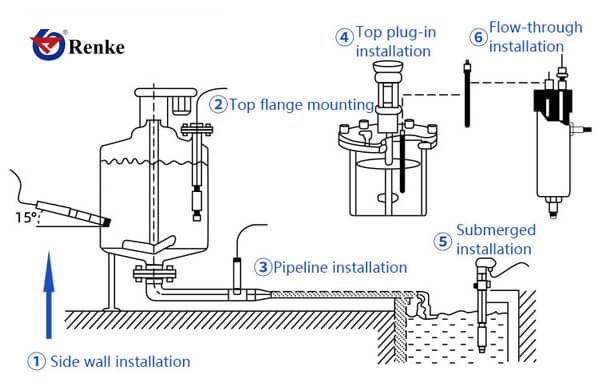
Other sensors
Blogs
What is dissolved oxygen? Dissolved oxygen (DO) refers to molecular oxygen dissolved in water. The unit is mg/L, which means how many milligrams oxygen in
Long-term rainfall and melting snow have raised water levels and flooded city roads, causing flooding. Frequent and extreme flooding is inevitable and endangers community safety.
The commonly used communication method for data acquisition and control is RS485. RS485 is a general communication standard. It can not only link devices to
What is a karst cave? The karst cave is a treasure given to mankind by nature and is called a “disposable non-renewable resource” by experts.
Everyone knows that the choice of water quality sensors is very important. In water measurement, the ph sensor is one of the important tools. However, there are
Table of Contents Water is the source of life, and human beings cannot do without water in life and production activities. The quality of drinking
Table of Contents Have you or your friend experienced a broken water pipe, water accumulation in the kitchen or bathroom? Water is the most common
Table of Contents What is IoT? IoT is the “Internet of things“. It is an extended and expanded network based on the Internet. It combines
Table of Contents What is a water level sensor? The water level sensor is a device that measures the liquid level in a fixed container




